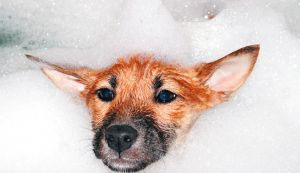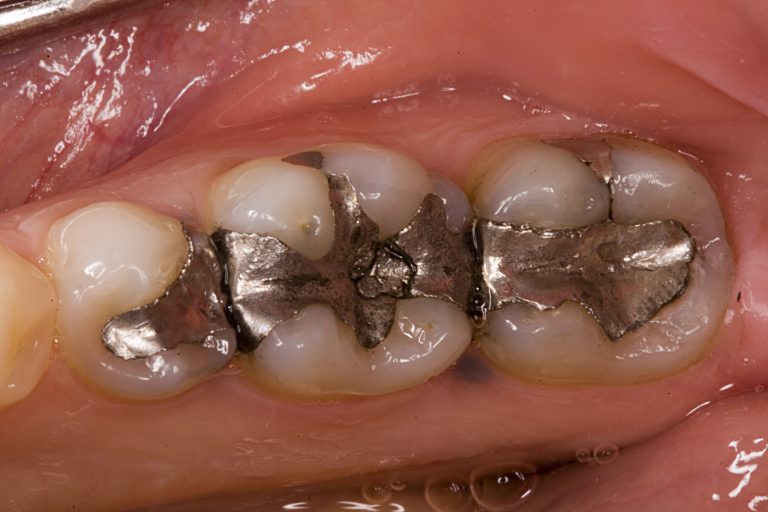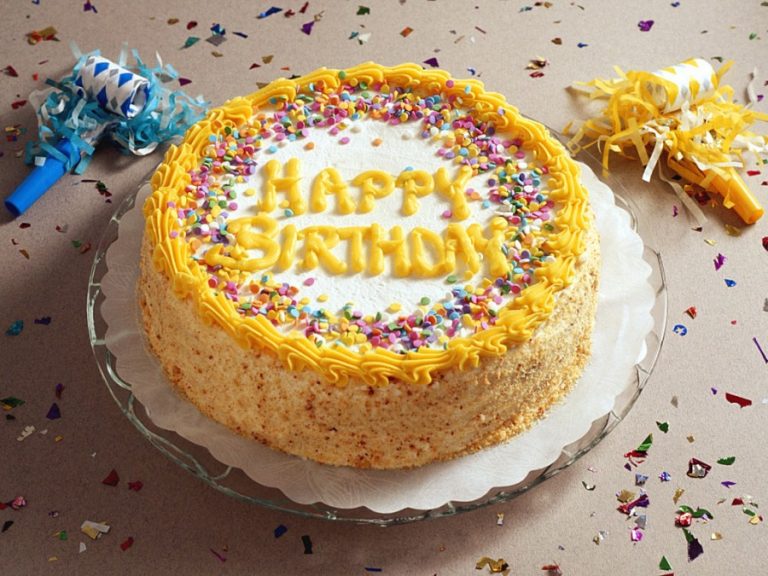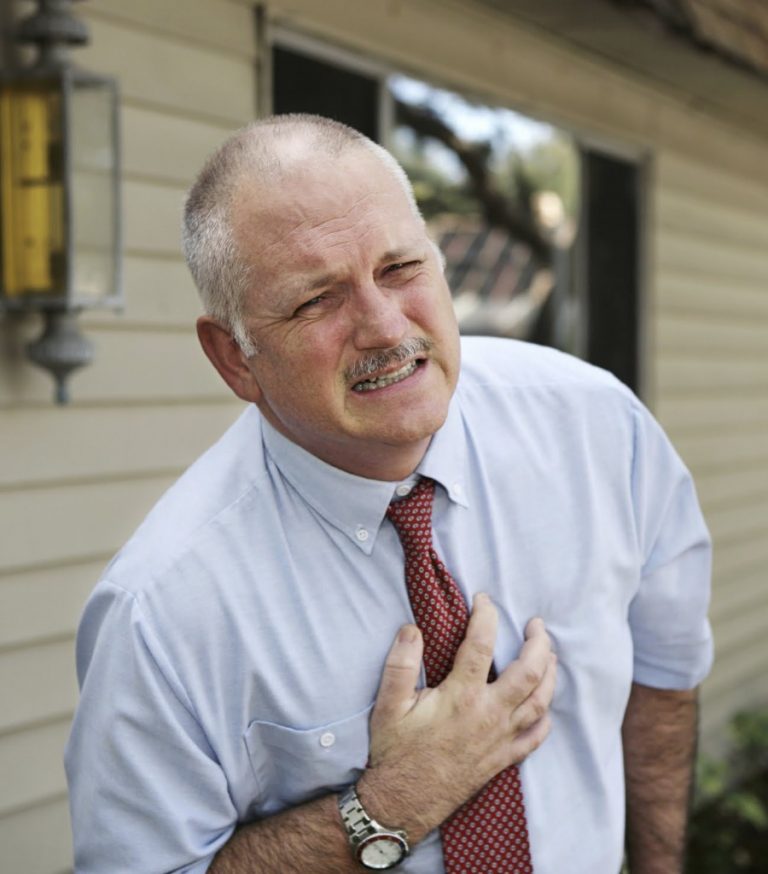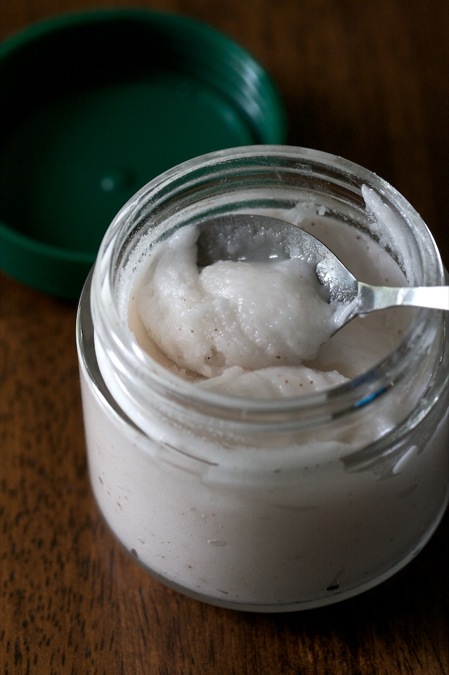Use Of Vinegar and Hydrogen Peroxide as Disinfectants
You can make your kitchen a cleaner, safer place and fight bacteria, without exposing yourself and your family to toxic chemicals that also damage the environment. You can use a simple safe disinfecting spray that is more effective than any of the commercial cleaners in killing bacteria. As a bonus, it is inexpensive! Susan Sumner, a food scientist at Virginia Polytechnic Institute and State University, worked out the recipe for just such a sanitizing combo. All you need is three percent hydrogen peroxide, the same strength available at the drug store for gargling or disinfecting wounds, and plain white or apple cider vinegar, and a pair of brand new clean sprayers, like the kind you use to dampen laundry before ironing.
If you’re cleaning vegetables or fruit, just spritz them well first with both the vinegar and the hydrogen peroxide, and then rinse them off under running water.


It doesn’t matter which you use first – you can spray with the vinegar then the hydrogen peroxide, or with the hydrogen peroxide followed by the vinegar. You won’t get any lingering taste of vinegar or hydrogen peroxide, and neither is toxic to you if a small amount remains on the produce.
As a bonus: The paired sprays work exceptionally well in sanitizing counters and other food preparation surfaces — including wood cutting boards.
In tests run at Virginia Polytechnic Institute and State University, pairing the two mists killed virtually all Salmonella, Shigella, or E. coli bacteria on heavily contaminated food and surfaces when used in this fashion, making this spray combination more effective at killing these potentially lethal bacteria than chlorine bleach or any commercially available kitchen cleaner.
The best results came from using one mist right after the other – it is 10 times more effective than using either spray by itself and more effective than mixing the vinegar and hydrogen peroxide in one sprayer.
by Judy Stouffer, B.S., M.S., SFO
